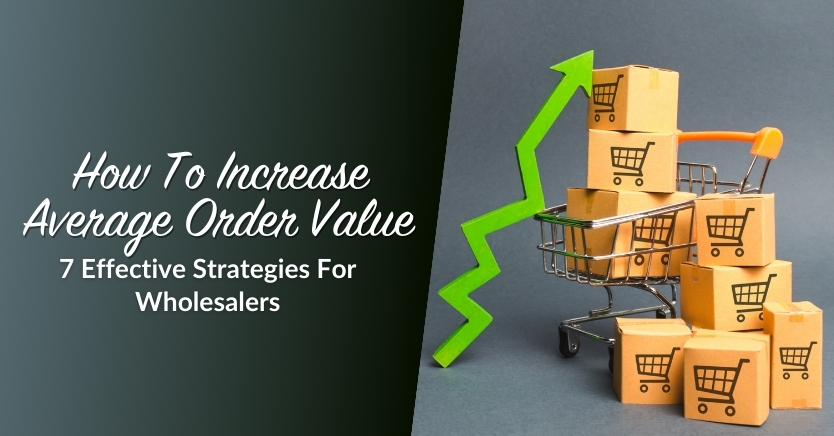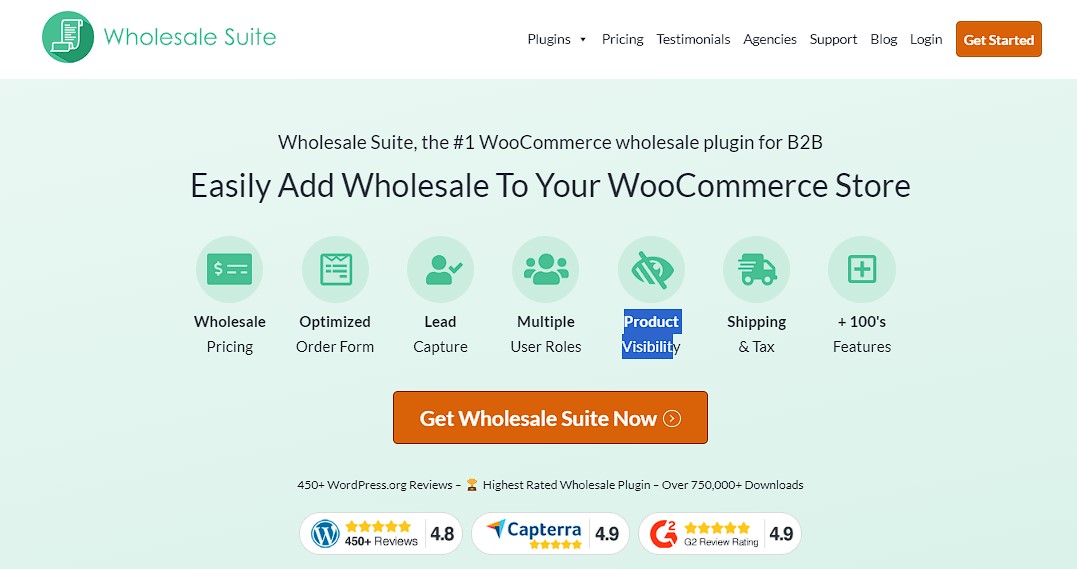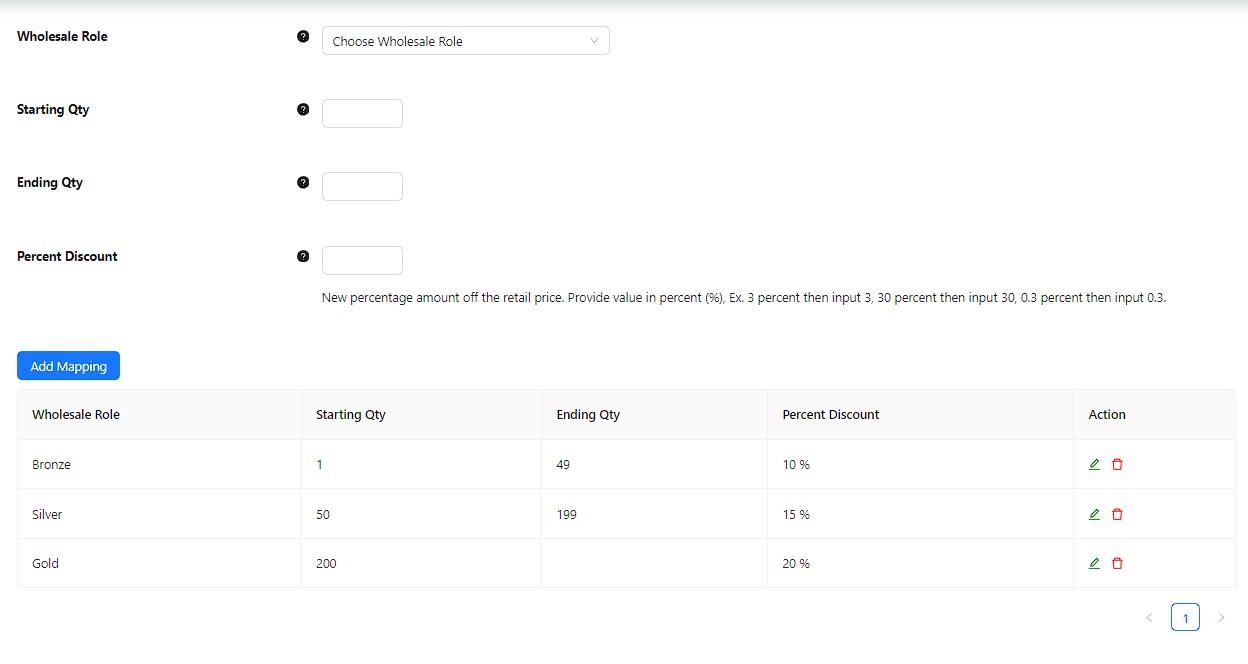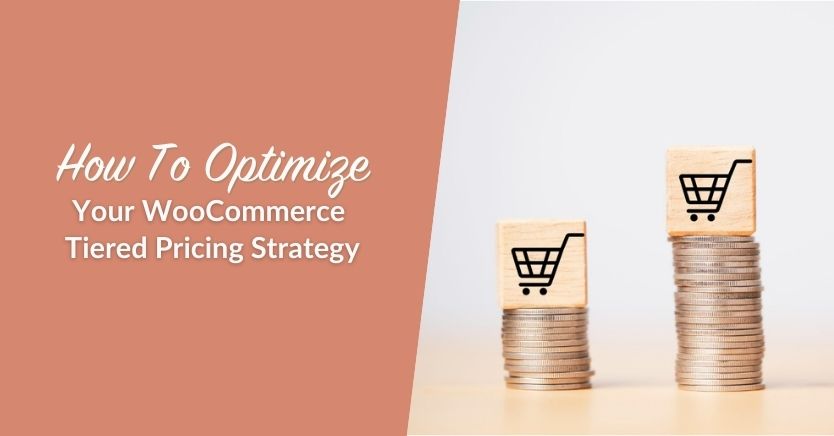
A tiered pricing strategy is a popular method businesses use to set prices based on how much a customer buys. This means that as the quantity purchased increases, the price per unit decreases. For instance, if a customer buys a single item, they may pay full price, but if they purchase in bulk, the cost per unit goes down. This strategy is widely used across different industries because it provides a clear incentive for customers to make larger purchases.
By offering discounts for buying more, businesses reward their customers while also boosting their own sales. Tiered pricing helps companies attract new buyers and encourage repeat purchases. This structure not only benefits the customer but also allows the business to increase its revenue by driving larger transactions. Through these pricing levels, both the buyer and the seller find advantages, making it a win-win strategy for many industries.
In this post, we’ll introduce you to tiered pricing. Then, go over its benefits. Lastly, we’ll explore some tiered pricing examples and discuss some best practices.
Let’s get to it!
Tiered Pricing Overview
Tiered pricing is a flexible fee structure that allows businesses to offer different levels of service or products at varying price points based on customer usage or demand. This approach enables companies to cater to a broader range of customers by providing options that suit different needs and budgets.
For instance, businesses can set a lower price for basic features or smaller quantities, while charging more for advanced features, larger purchases, or frequent orders. This structure is common in industries like software and wholesale, where customers have different needs and can benefit from choosing a pricing level that fits them.
Take the software industry as an example. A company might offer basic features at a lower tier for casual users, while reserving more advanced tools for higher-tier customers who pay more. In a wholesale business, tiered pricing could mean offering discounts to customers who place bulk orders or order more frequently.

This strategy is especially useful in competitive markets with many businesses offering similar products or services. By using tiered pricing, companies can differentiate themselves by providing added value at higher price points.
Additionally, tiered pricing is often compared to volume pricing, another model where discounts are given based on the quantity purchased. However, tiered pricing tends to focus more on providing various service levels or features to match customer needs.
If you want to learn how you can increase order value in wholesale, you may read our article here:
Why Use A Tiered Pricing Strategy
There are several benefits to using a tiered pricing strategy. First, it allows businesses to target a wide range of customers based on their specific needs and budget.
By offering different price levels, you can appeal to customers who may only need basic features, while also attracting those who are willing to pay more for advanced options. This flexibility makes tiered pricing an excellent strategy for expanding your customer base and reaching a broader audience.
Additionally, tiered pricing can significantly boost your revenue over time. As customers’ needs change or grow, they may realize that the basic tier no longer meets their expectations. To access more advanced features or services, they might choose to move up to a higher-priced tier.
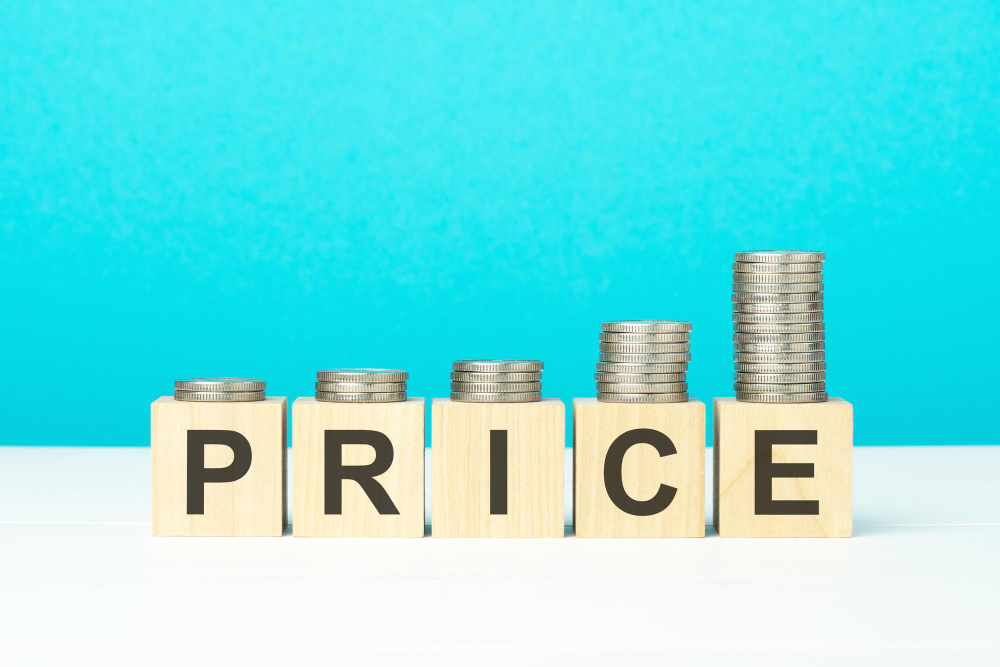
This gradual increase in what they spend benefits both the customer and the business. The customer gets more value, while the business earns more income without needing to aggressively push for sales.
This strategy also helps you control costs effectively. For customers willing to pay more, you can offer premium features or additional services that justify the higher price. At the same time, you can still offer affordable options for those who only need the basics.
This way, your business caters to a wide range of customers, making sure everyone gets what they need at a price that fits their budget, all while preventing unnecessary spending on your end. This balance keeps your offerings competitive and attractive to different groups of buyers.
Woocommerce Tiered Pricing Strategy (9 Strategies)
If you’re thinking about using a tiered pricing for your WooCommerce store, it’s important to follow certain best practices. These tips will help you increase customer satisfaction while boosting your revenue.
1. Clearly define each tier
First, make sure each pricing tier is clearly defined and easy to understand. This means outlining exactly what each tier offers in terms of products or services. To do this effectively, you might want to create tiers based on different customer types. This way, each tier addresses the specific needs or challenges of a certain group.
2. Communicate features and benefits
Next, be sure to clearly explain the features and benefits of each tier. Customers need to know what they’re getting at every level. When they can easily see the value of each option, they’ll be more confident in choosing the right tier for their needs—and more likely to upgrade when necessary.
3. Align pricing with value
When setting your prices, it’s important to match them with the value offered in each tier. For example, if the price doubles from one tier to the next, the features and services should also noticeably improve. This ensures that customers feel they’re getting their money’s worth.
4. Offer incentives for higher tiers
In addition, consider offering special incentives to encourage customers to choose higher-priced tiers. These could include perks like free shipping, premium support, or exclusive features. By offering more value at the higher levels, you’ll make it more appealing for customers to upgrade.
5. Monitor customer usage patterns
Another best practice is to closely monitor how customers are using each tier. If you notice that one tier is more popular than the others, ask yourself why. If a tier is underperforming, it may be due to pricing or the value it offers. Regularly tracking these patterns will help you make adjustments that better serve your customers.
6. Make upgrades seamless
Moreover, it’s crucial to make upgrading from one tier to the next as easy as possible. A simple and hassle-free process encourages customers to move to higher-priced tiers as their needs grow. This could include clear prompts or limited-time upgrade deals.
7. Provide flexibility with downgrades
While encouraging upgrades is important, you should also allow customers to downgrade if necessary. This flexibility can improve customer satisfaction and build long-term loyalty. By allowing downgrades, you reduce the risk of losing customers altogether.
8. Test and adjust pricing regularly
Also, don’t forget to review and adjust your pricing strategy regularly. Market trends, customer feedback, and competitor prices can all change over time. Testing and tweaking your tiers ensures that your business stays competitive and continues to meet customer expectations.
9. Highlight savings for bulk orders
Finally, if your tiered pricing involves bulk purchases, clearly show customers how much they’re saving by buying more. This transparency can encourage larger orders and make customers feel they’re getting a great deal. Be sure to display these savings on product pages to boost sales.
Use Wholesale Suite To Seamlessly Manage Your Tiered Pricing
Using the right tools can make a big difference in how smoothly your tiered pricing runs. Wholesale Suite offers a complete solution for businesses looking to implement or enhance their tiered pricing model within WooCommerce. This plugin extends the functionality of WooCommerce by allowing you to easily add tiered pricing structures.
Wholesale Suite simplifies the process of managing wholesale pricing across different tiers. Whether you prefer fixed-rate, percentage-based pricing, or quantity-based tiered pricing, the plugin has you covered. It even allows for general subtotal discounts, making it easier to reward customers based on their purchases.
With WooCommerce Wholesale Prices Premium, you can take it a step further by defining multiple wholesale user roles. These roles can be tied to different tiers, allowing you to adjust pricing based on your customers’ commitment or order quantities. Plus, you can apply tiered percentage discounts to products depending on the total number of items in the cart within a specific category.
Additionally, Wholesale Suite comes equipped with several helpful features to improve the overall customer experience. Wholesale Order Form makes it simple for customers to place bulk orders quickly and easily. This streamlined form improves the shopping process for wholesale buyers by reducing friction.
Moreover, with Wholesale Payments, you can offer flexible payment options, allowing your customers to pay in a way that suits their business needs.
Finally, Wholesale Lead Capture feature helps you grow your business by generating and capturing leads directly through your website, making it easier to turn potential buyers into loyal customers.
Tiered Pricing Example And Explanation
There are several effective ways businesses can structure tiered pricing for their wholesale customers. One common example is offering discounts for bulk orders.
For instance, if you want to create a quantity-based tier percentage discount, you can apply it across your General, Product, User, or Category settings. After selecting the wholesale role, you simply add the wholesale discount and specify the starting and ending quantities that determine when the discount applies.
This structure rewards customers who purchase in larger quantities, encouraging them to buy more while enjoying better value.
Another example of tiered pricing is setting different price points based on order frequency. In this case, you could offer discounted pricing to customers who place bulk orders on a regular basis. This strategy serves as an incentive for customers to commit to consistent, recurring purchases from your business.
By providing a price break for frequent orders, you not only foster customer loyalty but also create a reliable stream of sales.
Additionally, businesses can use tiered pricing to offer special discounts or rewards based on customer loyalty or commitment. For example, you could create special pricing tiers for long-term clients, rewarding their loyalty with exclusive discounts on bulk orders.
This approach helps build stronger customer relationships while encouraging repeat business.
Frequently Asked Questions
What is a tiered pricing method?
A tiered pricing method is a strategy where businesses set different prices depending on how much a customer buys or uses. For example, the more products a customer purchases, the lower the price they pay per unit. This approach encourages larger purchases because customers feel like they are getting a better deal as they buy more. Many businesses use this method to reward bulk buyers and boost overall sales.
What is a tiered marketing strategy?
A tiered marketing strategy is when businesses offer several levels of products or services, each at different price points. Each tier is tailored to meet the needs of different types of customers.
For instance, a basic tier may have fewer features at a lower price, while a premium tier may include advanced features for a higher price. This strategy helps businesses attract a wider range of customers by providing options that fit various budgets and needs. It also encourages customers to upgrade to higher tiers as their needs grow.
What is tiered usage-based pricing?
Tiered usage-based pricing is a system where the cost depends on how much of a product or service a customer uses. As usage increases, the price per unit often decreases. For example, in cloud storage or utilities, customers who use more data or energy may pay a lower rate per unit than those who use less.
This pricing model is helpful for businesses that want to offer flexibility to their customers, allowing them to pay based on what they actually use, while encouraging higher usage by offering discounts at larger usage levels.
What is tiered pricing in contracts?
Tiered pricing in contracts refers to a pricing model where the cost changes based on the agreed-upon quantity or usage over time. In this model, as the buyer purchases more or uses more of a service, the price per unit decreases.
For example, a supplier might offer a lower price if the buyer agrees to purchase a certain volume over the contract period. This flexible pricing structure is often used in long-term contracts to give buyers better value for committing to higher volumes, while still offering businesses a way to incentivize larger orders.
Conclusion
By offering various pricing levels, businesses can attract customers with different budgets, from those who need basic features to those willing to pay more for advanced options. This approach not only encourages customers to make larger purchases but also helps companies grow their customer base and boost their revenue.
In this article, we tackled about flexible ways for businesses to meet the needs of different customers through tiered pricing:
- Tiered pricing overview
- Why use a tiered pricing strategy
- WooCommerce tiered pricing strategy best practices
- Use Wholesale Suite to seamlessly manage your tiered pricing
- Tiered pricing example and explanation
Additionally, using tools like Wholesale Suite makes managing tiered pricing much easier, allowing businesses to optimize their pricing structures with less effort. Following these best practices ensures your tiered pricing stays competitive, profitable, and helpful for both you and your customers.
Do you have questions regarding this topic? Feel free to comment below and we’d be happy to answer it for you!


